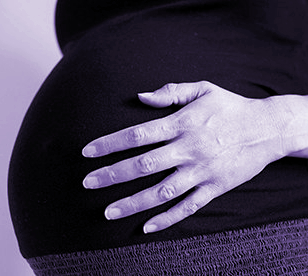Population issue plotted
 A new study predicts that by 2050, 76 per cent of countries will experience fertility rates below that required to maintain their population.
A new study predicts that by 2050, 76 per cent of countries will experience fertility rates below that required to maintain their population.
The research by an international and Australian team, recently published in The Lancet, offers a startling forecast on global fertility trends, predicting significant demographic shifts by the end of the century.
Using data drawn from the Global Burden of Disease, Injuries, and Risk Factors Study (GBD) 2021, experts predict the trend will escalate by 2100, with 97 per cent of countries falling below replacement fertility levels.
The study’s forecasts are based on an array of predictive factors including education, access to contraception, child mortality, and urbanisation rates.
It outlines a future in which higher-income nations face declining populations due to lower fertility rates, while certain lower-income regions, notably in sub-Saharan Africa, will see population increases due to higher fertility rates.
Remarkably, sub-Saharan Africa is projected to account for half of the world's births by 2100, up from about one-third in 2021.
These demographic trends are poised to have far-reaching implications across various sectors.
In countries with declining populations, it will be challenging to sustain economic growth with a dwindling workforce and supporting an ageing population.
For countries with rapidly growing populations, the priority will be managing the implications of youth bulges in politically and economically volatile environments.
The study suggests a necessity for targeted national policies to manage these demographic shifts.
In regions with high fertility rates, improving access to contraceptives and bolstering women's education are seen as pivotal steps towards moderating birth rates.
Conversely, for nations experiencing low fertility, strategies that support families and promote immigration are vital to counterbalance population declines.
The study not only maps out the potential demographic landscapes of the future but also calls for urgent and cooperative global action to address the impending challenges.
With projections indicating that only six countries will have fertility rates above replacement levels by 2100, the research points towards a critical need for policies that balance population dynamics effectively, ensuring sustainable development and stability.








 Print
Print